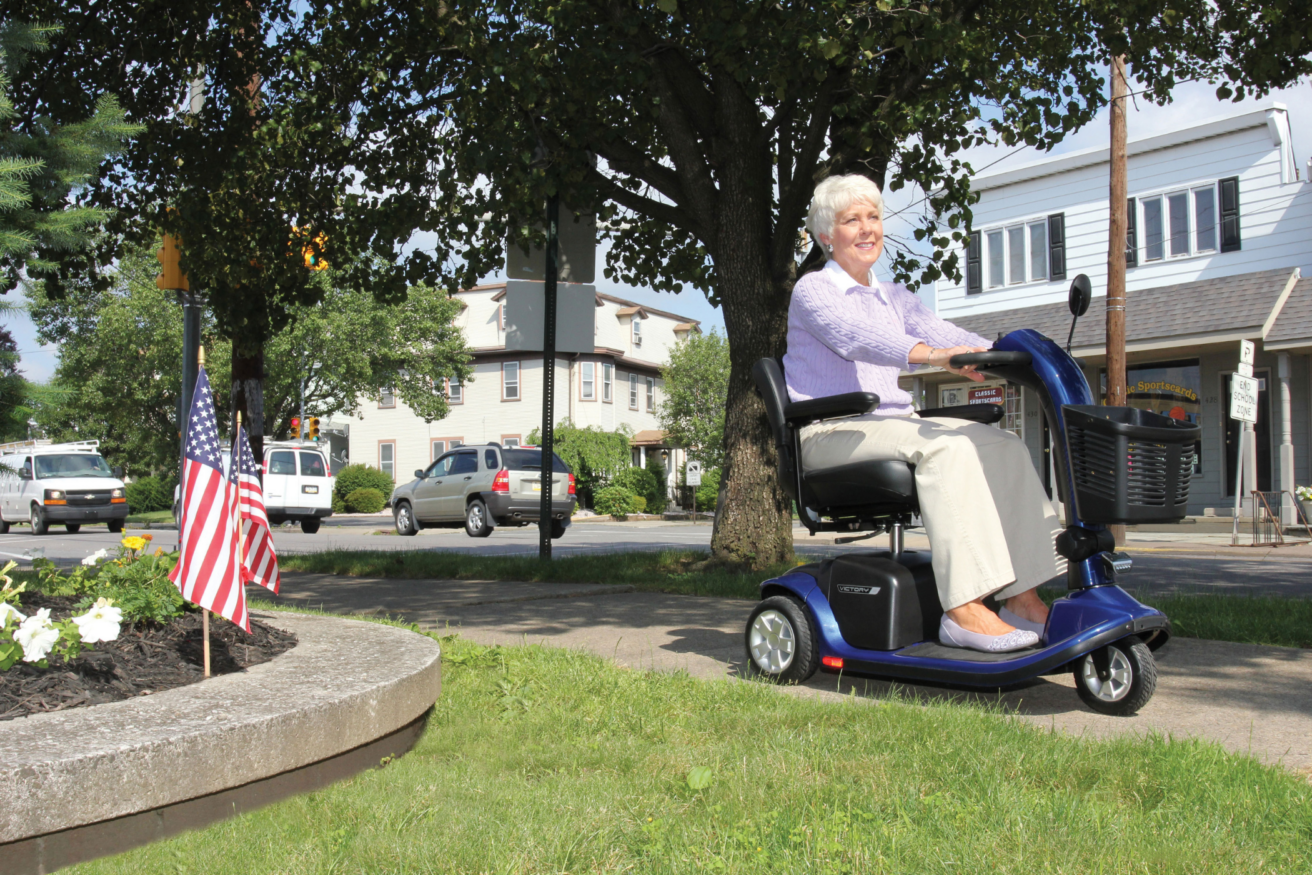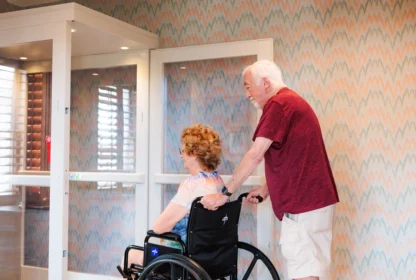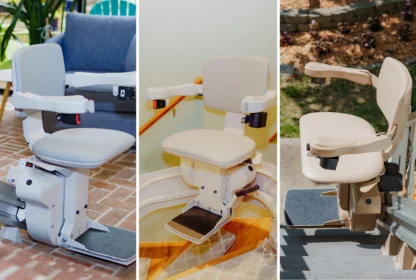
Stairlifts, wheelchair ramps, power scooters, and walkers. They’re available — and quite affordable when compared to the home care or assisted living costs — but many seniors would rather not use them. In fact, the mere suggestion could provoke a disagreement that adult children and other relatives would rather avoid.
Whether it’s a parent, grandparent, sibling, or spouse, there is a right way and a wrong way to recommend the use of a mobility aid. Consider these tips for approaching your senior loved one in a way that will empower, not belittle, their capabilities:
Tip #1: Emphasize the increase in independence that use of the aid affords. And no, threatening a move to assisted living if a walker is not used is not the way to accomplish this. If Mom needs your help every time she has to go upstairs, explain that a stairlift may allow her to do so without you. If Dad is experiencing increasing difficulty when he gets up from the couch and walks to the kitchen or elsewhere in the house (prompting the need for a boost or your strong arm), suggest a walker or cane for balance and support.
Tip #2: Talk about other options. If the health, safety, or general well-being of your parent or relative is compromised as a result of their mobility challenges, talk about the options. Would they prefer the assistance of a home care provider? Would they prefer a transition to assisted living? Sometimes hearing about the least desirable options makes the ones that were initially suggested (a power scooter or wheelchair ramp, for example) sound a whole lot better.
Tip #3: Let the individual choose. When you’ve reached an agreement about using a mobility aid, let the person who will be the primary user of it choose the make and model. Equip your mother with the resources (web-based, catalogs, or print materials) to research the options and make her final selection. This will solidify a sense of ownership, rather than a sense of “my kids made me get this thing.”
Tip #4: Get a professional’s opinion or guidance. An occupational therapist can be a tremendously valuable source of wisdom when it comes to incorporating mobility aids. Read about the many ways that OTs can assist with senior issues such as aging in place, Alzheimer’s, fall prevention, stroke, low vision, and more here. Or, for information about the different types of mobility aids available (and how to rent/purchase them), contact 101 Mobility.
Tip #5: Do a trial run. Find out if there is a way to test the aid first before buying or renting, giving the individual time to become more comfortable or familiar with its use. (Think of it as a test drive for a new car.) This may not work for something as large as a stairlift, but check with local assisted living communities, senior centers or churches that may have this type of a lift and ask if you can check it out.


